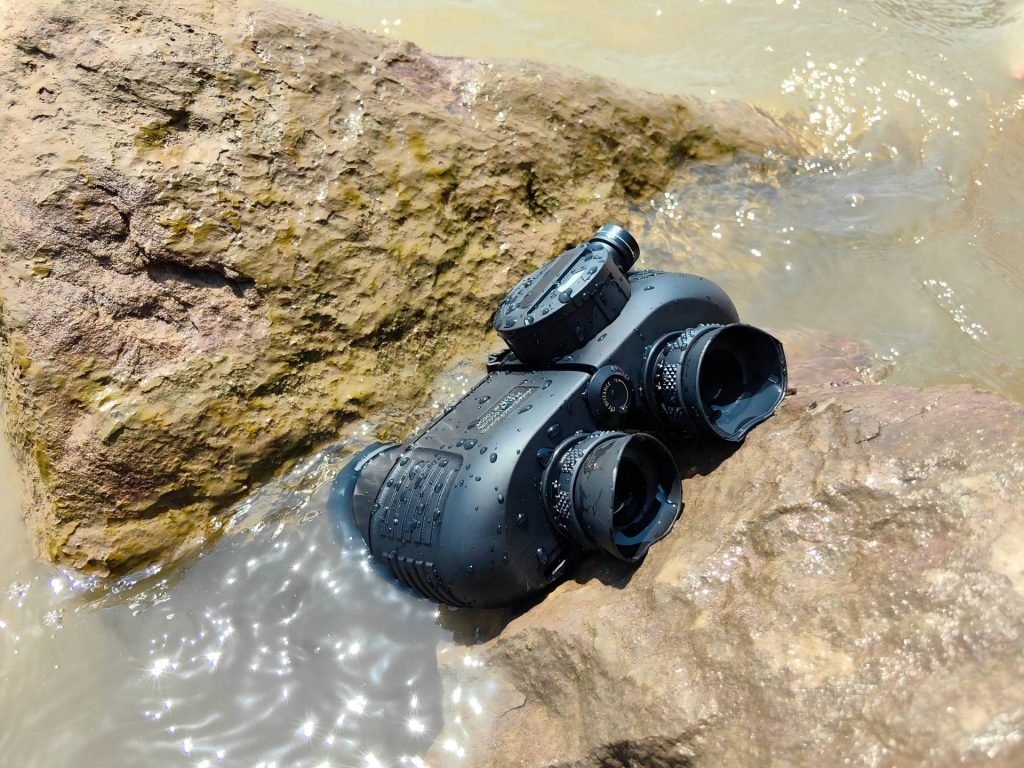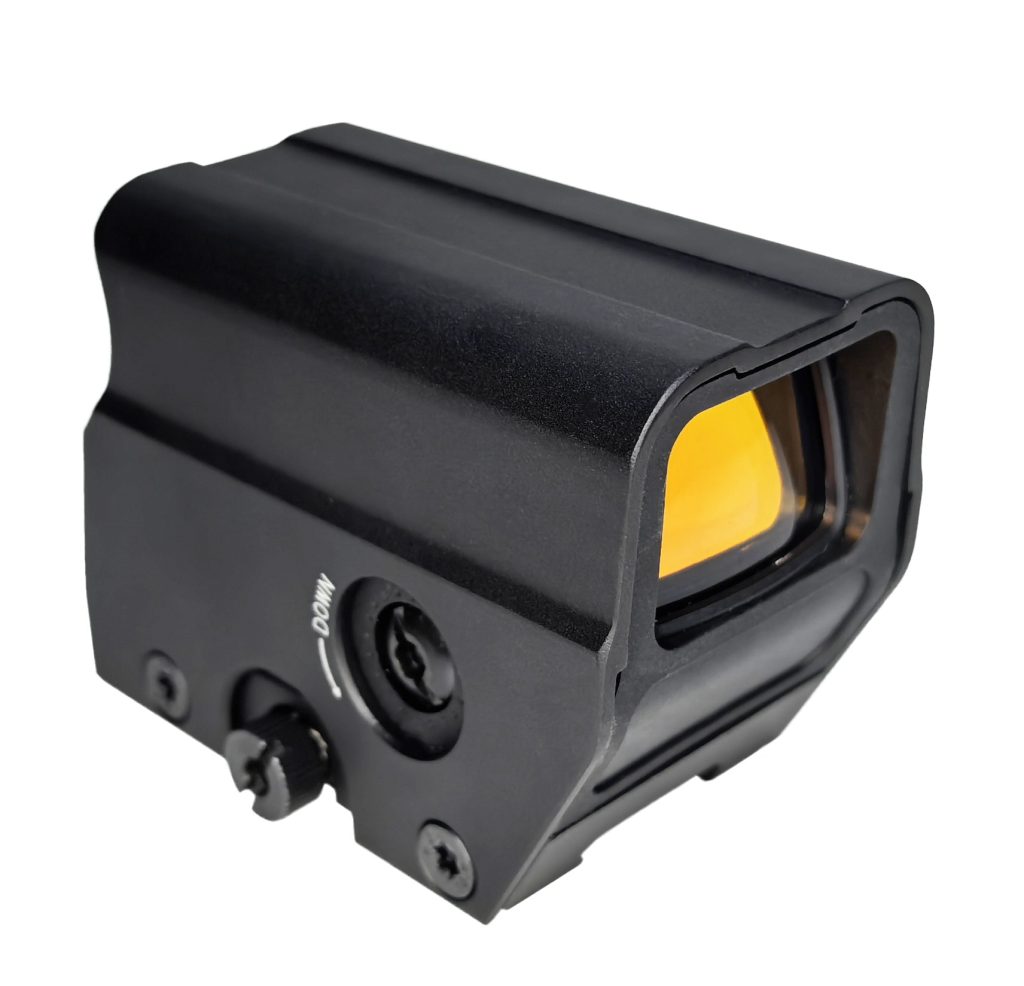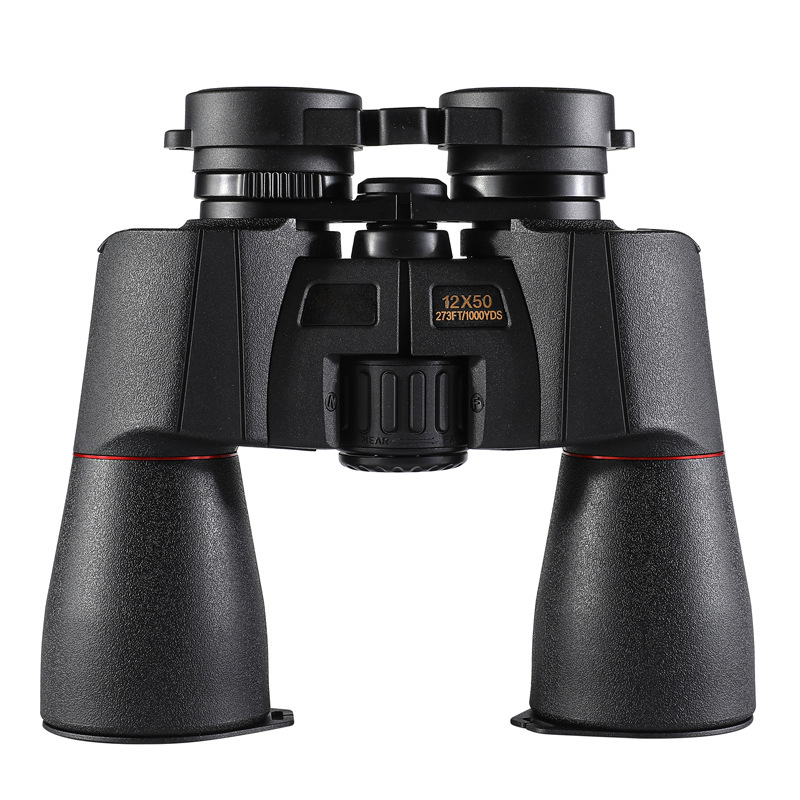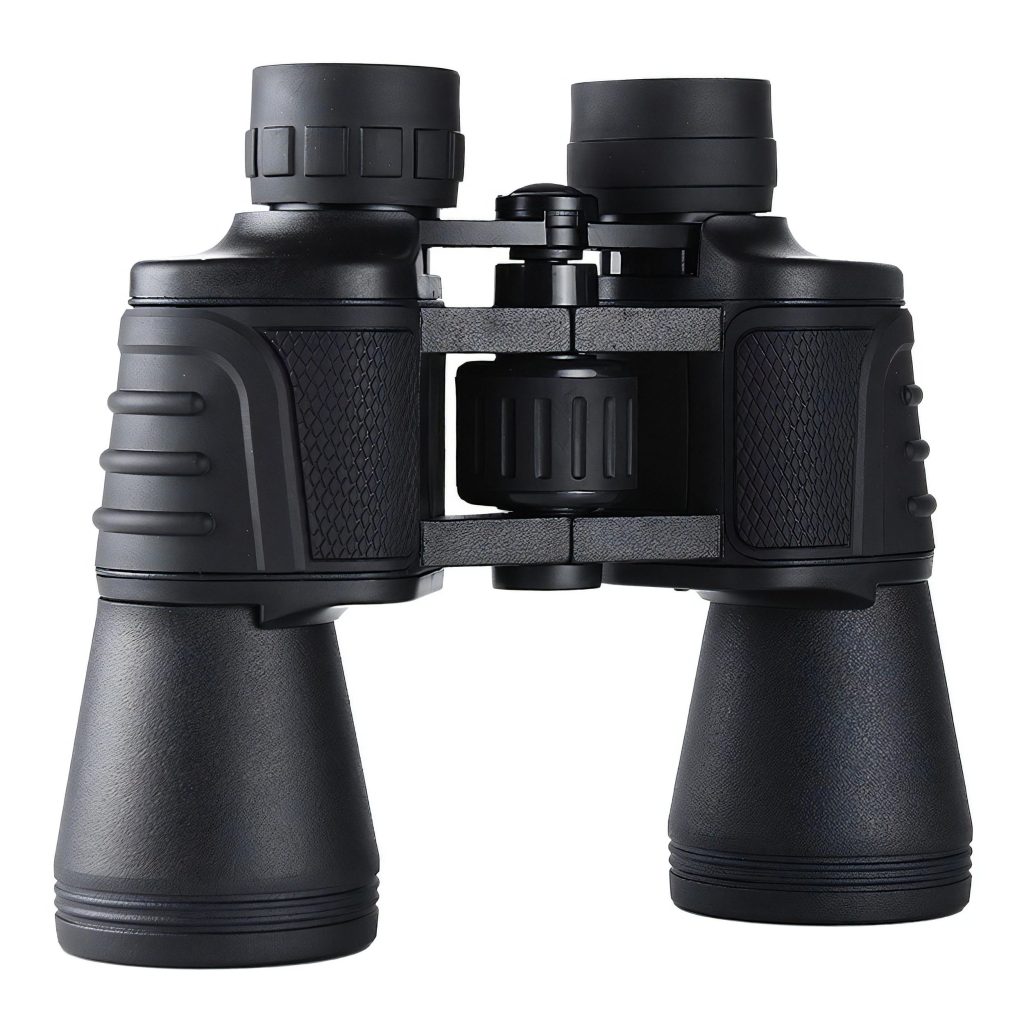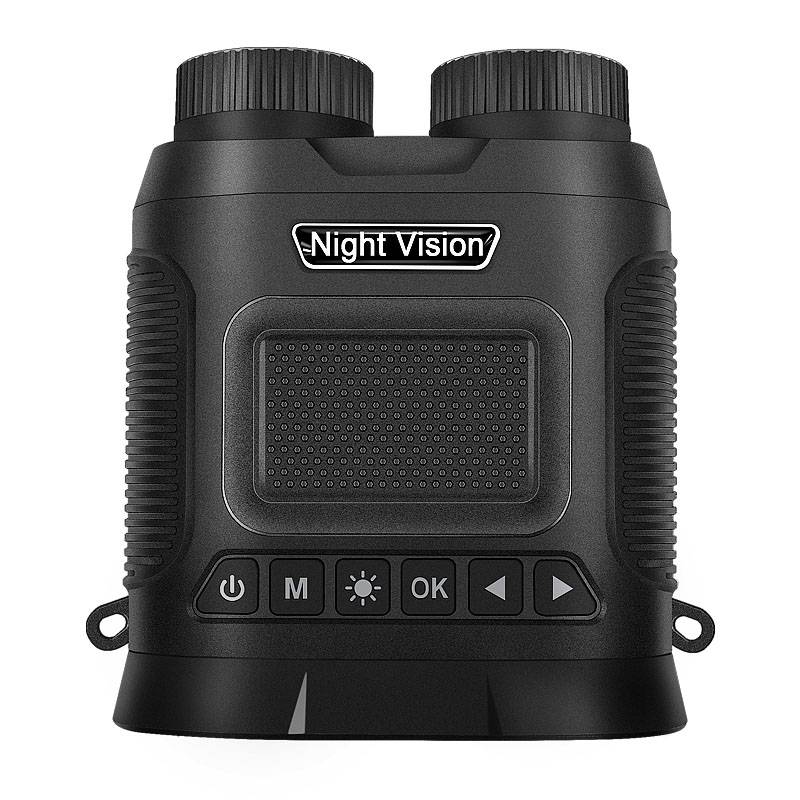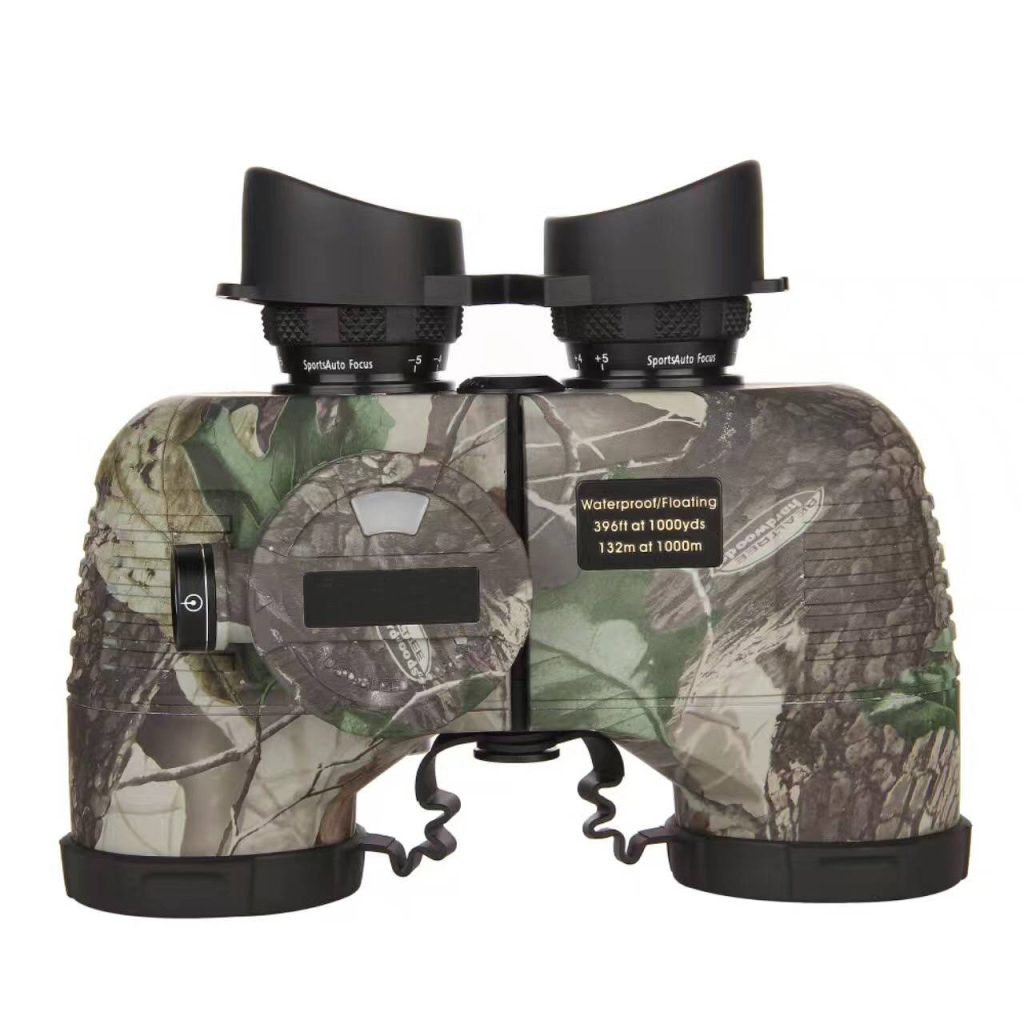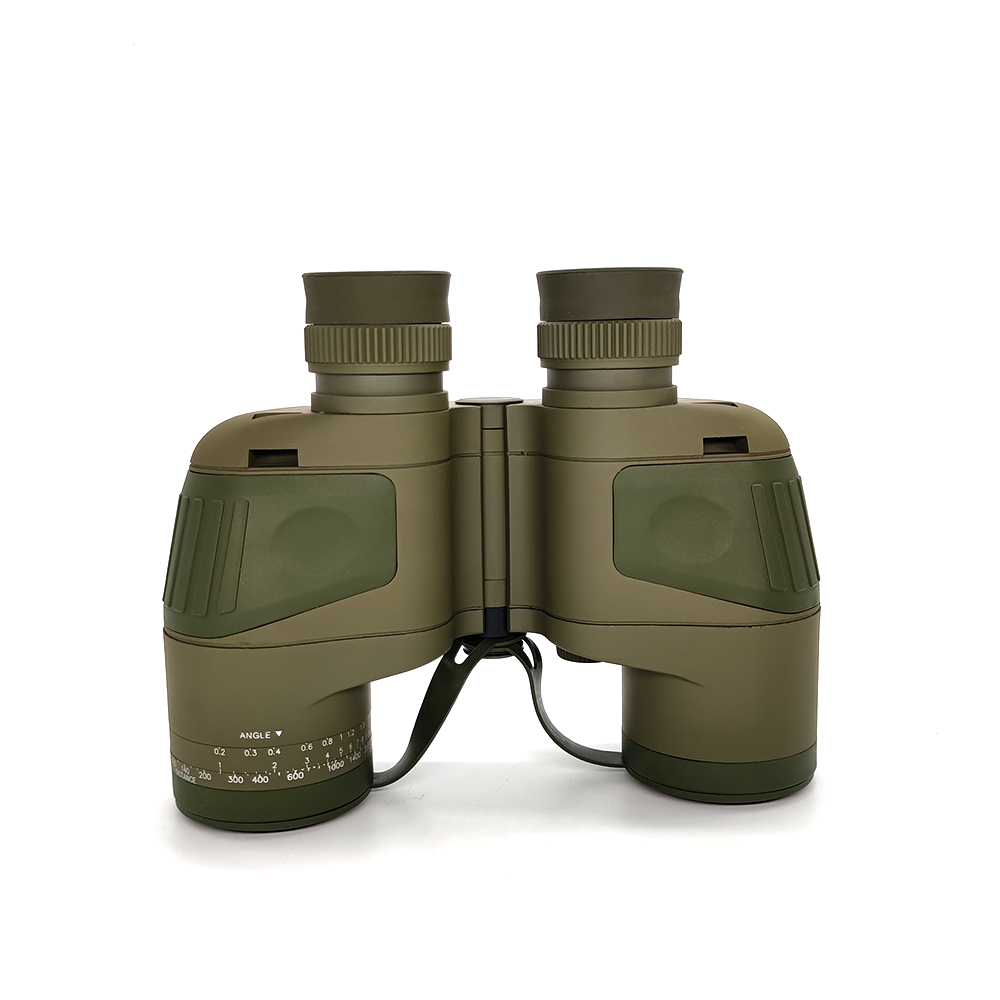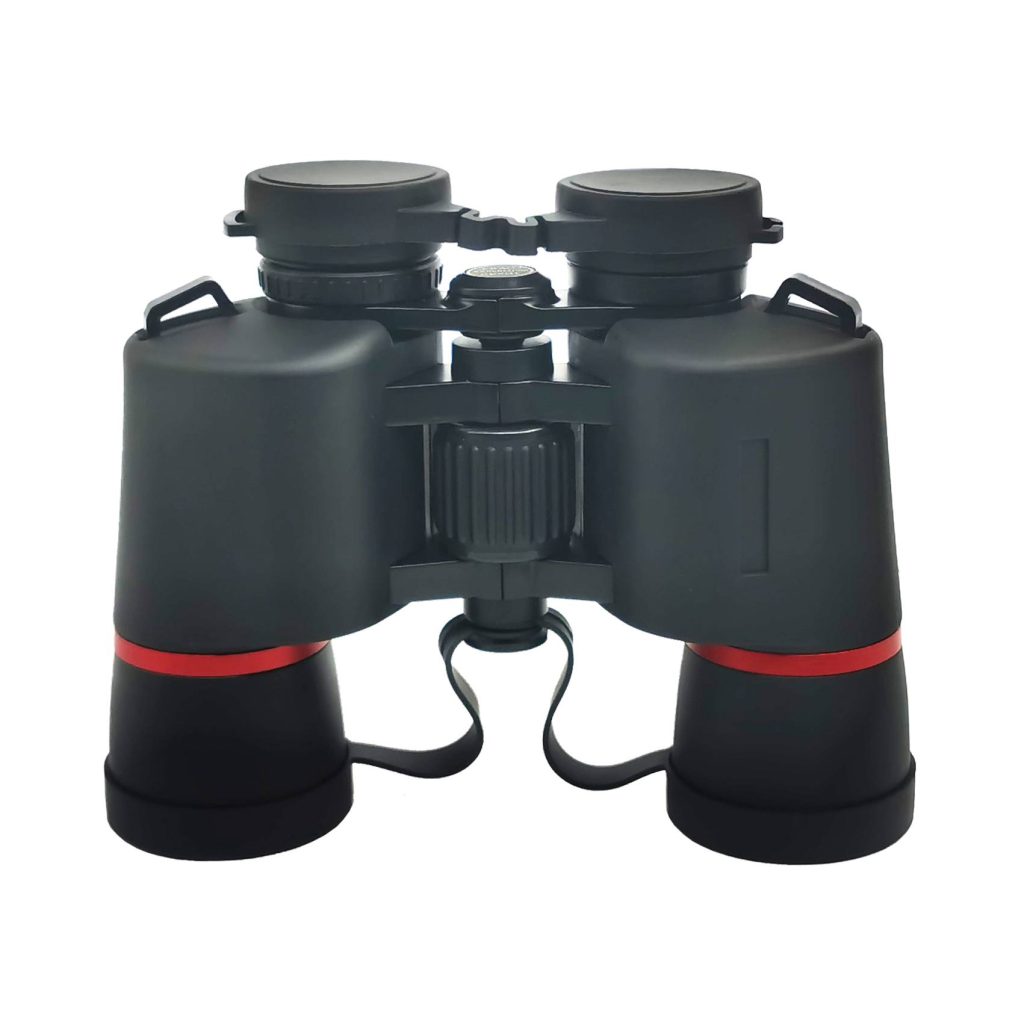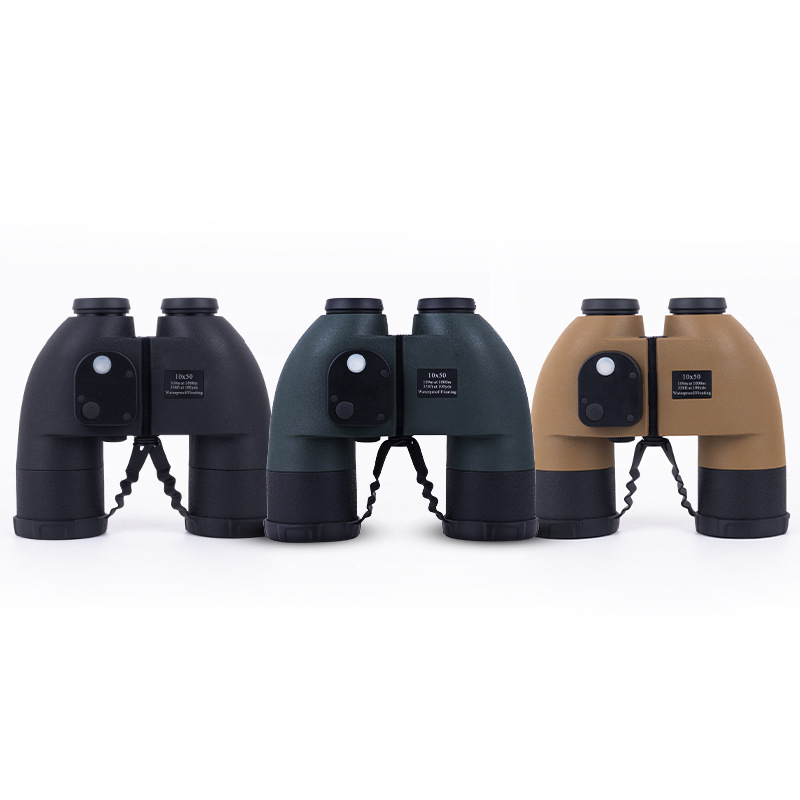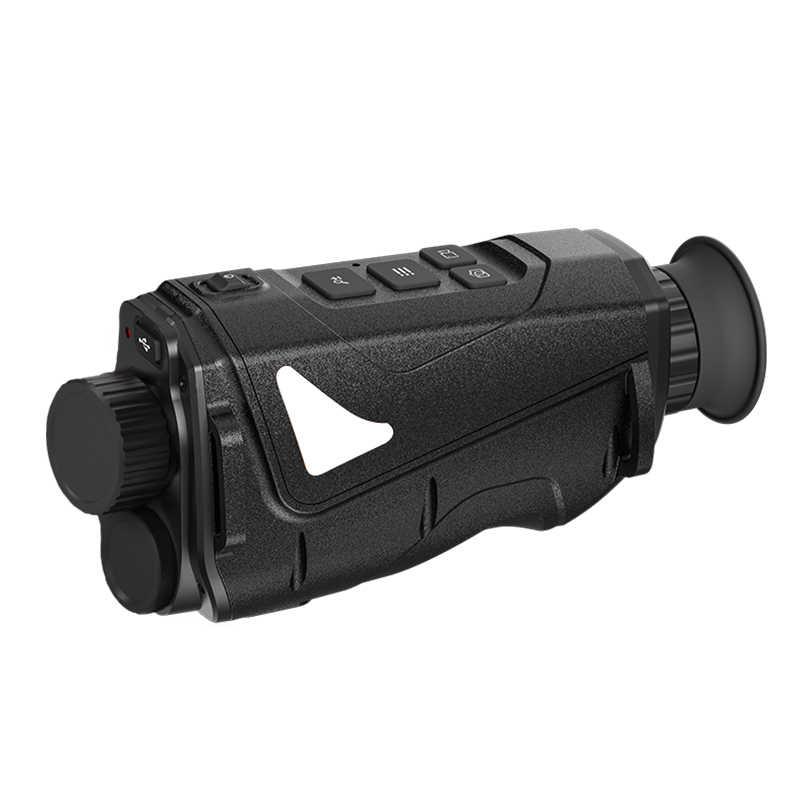“Vision” could well be described as the most critical military function. It achieves this via systems of military scopes integrated with distant viewers, night-vision, and even thermal imagers. Military optics systems project images of the real world and in contrast with civilian systems, offer a more reliable and accurate fusion of images of the area of interest and are made to operate even under the harshest environments of mounted systems on the soldier’s “backpack” at night and in tough battle-filled conditions. We could answer questions like “what optics do the military use” with ease, including, but not limited to, rifle scopes, night scopes, thermal sights, and even laser-range-finding (LRF) optics. Each one of these systems makes use of high grad industrial and military optics as well as special coatings to improve their versatility and longevity.
The demand for military-grade scope technology has been and still is in high demand, and serves as a vital component in order to sustain a soldier’s success rate on the battle field. Here we show you some critical advancements in military optics, or as one might say, “black tech,” including the use of specialized materials, precision lenses and grade A coatings.
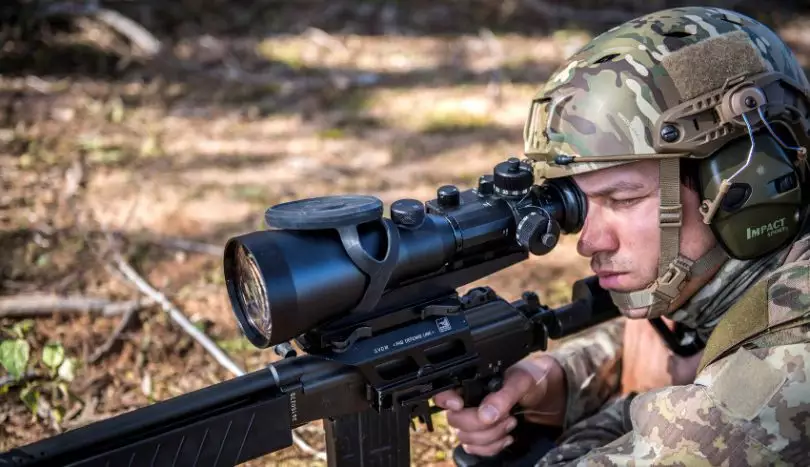
High-Strength Materials—Building the Robust Shell
The external casing of a military grade scope must withstand extreme shock, temperature fluctuations, and environmental hazards without compromise. This is the first line of defense for the delicate optical components inside.
Housing Materials
The choice of housing material is crucial. While many civilian scopes use aluminum alloys, military scopes often employ stronger, lighter materials. For example, aircraft-grade aluminum alloy, such as 6061-T6, is a common choice for its balance of strength and weight. For even greater durability and reduced weight, some high-end military optics are machined from magnesium or even titanium alloys. The use of these materials ensures the scope can survive significant drops, impacts, and recoil from high-caliber weapons without losing zero—a critical requirement for what scopes the military uses in the field.
| Material | Key Advantages | Applications in Military Optics |
| Aluminum Alloys | Lightweight, corrosion resistant | General military scopes |
| Magnesium Alloys | High strength-to-weight ratio | Advanced precision optics |
| Carbon Fiber | Lightweight, high rigidity, vibration damping | Elite sniper scopes, thermal scopes |
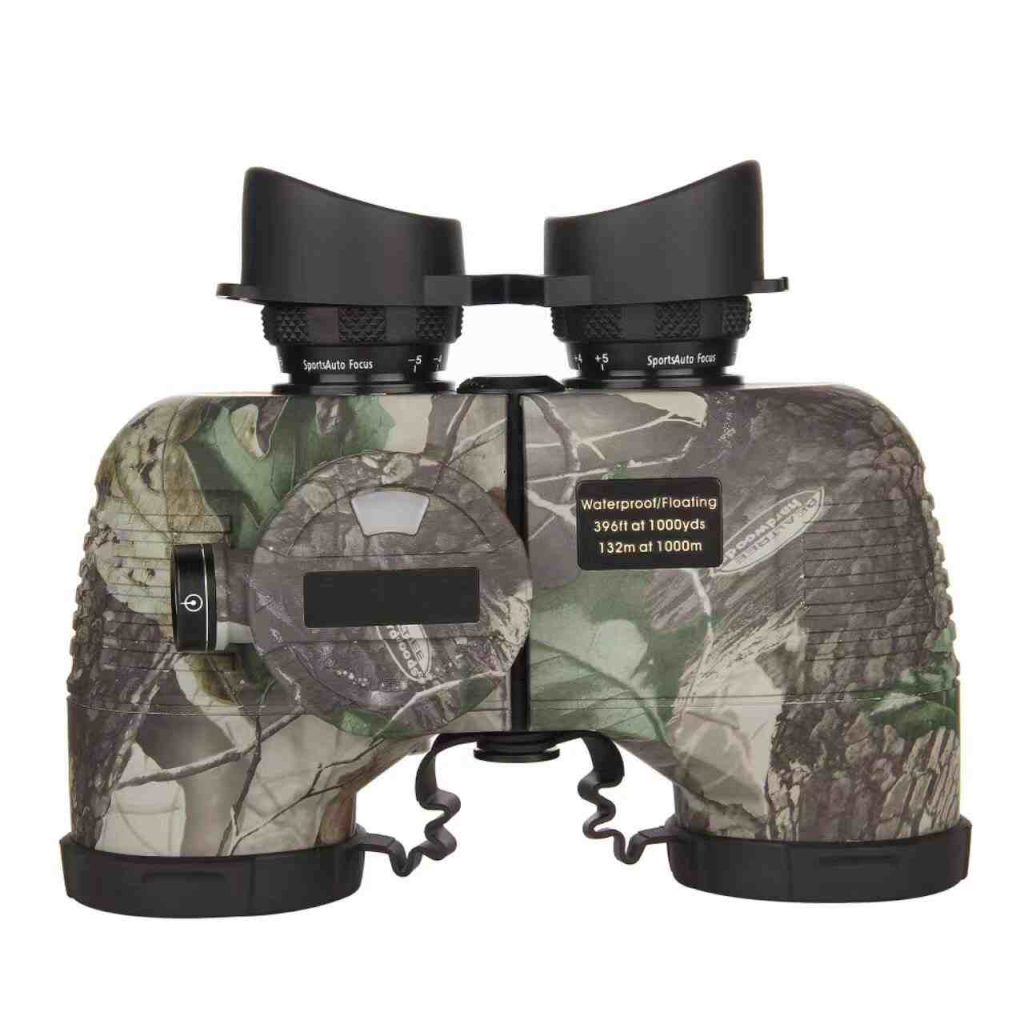
Internal Structure and Sealing
Beyond the exterior, the internal structure is engineered to be as robust as the shell. Precision machining ensures that all internal components fit together without play, reducing the chance of misalignment from shock. To prevent internal fogging in varying climates, military grade scopes are sealed and purged with inert gases like dry nitrogen or argon. This process, a hallmark of true military-grade optics, eliminates all moisture from the interior. For instance, Foreseen Optics, a company specializing in such products, emphasizes its use of advanced sealing technologies to ensure its military night scopes can operate in humid jungles or sub-zero arctic conditions. This meticulous sealing is why a user never needs to worry about condensation obscuring their view, regardless of the temperature swings.
Optical Lenses—The Core of Performance
The quality of lenses determines the sight’s optical clarity, sharpness, and brightness. Lenses for military optics are built for extreme durability and performance.
Lens Materials
Military-grade optics utilize advanced glass types to achieve superior image quality. Many high-end military scopes incorporate low-dispersion (LD) or extra-low dispersion (ED) glass. These materials, which are more expensive and difficult to manufacture than standard optical glass, correct chromatic aberration—the color fringing that can degrade image quality. This correction ensures a clear, true color image across the entire field of view, giving the scope’s user a significant long-range viewing advantage. More sophisticated lenses for thermal scopes utilize Germanium, transparent to infrared radiation.
Scratch and Impact Resistance
The lenses in a military scope must withstand more than just normal wear and tear. They are subjected to sand, dust, mud, and impacts. The solution is not just harder materials but also specialized coatings and mounting techniques. Lenses are often tightly secured within the housing using spring-loaded systems or special adhesives to prevent shifting under the force of recoil. The outer surfaces are treated with proprietary hardening processes to resist scratches. A case study prepared with a prototype used by one of the leading manufacturers of military grade optics demonstrates the make and finish of a lens with a specialized hardened coating. It did not become visibly scratched even after being dropped on a gravel surface. This is illustrative of the rigorous standards set for military grade optics.
Special Coatings—The Soul of Optical Performance
Coatings are arguably the most transformative technology in modern military optics. They are thin, layered films applied to the lens surfaces that change the way light is transmitted through glass.
Anti-Reflective Coatings
Standard optical glass can reflect a significant percentage of light, leading to a dim, washed-out image. Anti-reflective (AR) coatings, or multi-coatings, are designed to minimize this reflection and maximize light transmission. For a military scope, this is a matter of life and death. An uncoated lens might have a light transmission rate of 90% or less, while a fully multi-coated lens can achieve 95% or more. This is particularly important for military night scopes that operate in low-light conditions. Foreseen Optics’ products, for example, boast advanced multi-coatings to ensure maximum light transmission, providing soldiers with a clear, bright picture when it matters most.
Hydrophobic and Oleophobic Coatings
The operating environment for a military scope is often wet, dusty, and dirty. To maintain a clear sight picture, the outer lenses are treated with hydrophobic (water-repelling) and oleophobic (oil-repelling) coatings. These coatings cause water to bead up and roll off the lens, and prevent fingerprints and dirt from adhering. This means a soldier can quickly wipe the lens clean without smudging, ensuring their military sights are always ready. This feature is a standard for military-grade optics but is often a premium feature on civilian products.
Specialized Spectral Coatings
For specialized devices like military night scopes and military grade thermal scopes, the coatings are even more critical. Thermal scopes, for instance, have coatings that are transparent to long-wave infrared radiation, allowing the device to “see” heat signatures. Night vision devices use coatings and filters to selectively amplify ambient light while filtering out light from other sources, such as streetlights, to reduce glare and improve target acquisition. This precision in spectral control is a key differentiator for what optics the military uses for specific mission sets.
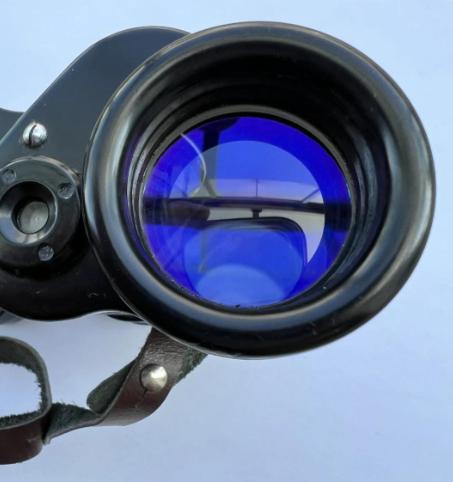
User-Centric Design—The apex of “Black Tech”
No matter how sophisticated the materials and coatings may be, a device is worthless unless it is purpose-built. Military-grade optics are engineered from the ground up to be intuitive and reliable in the hands of a soldier.
Ergonomics
Even the best-performing optics fail if they are uncomfortable or impractical. The controls on a military scope must be easily manipulated, even while wearing thick gloves. Adjustments for magnification, focus, and illumination must have a distinct, tactile feel and audible click so a soldier can make changes without looking away from their target. The overall shape and weight of the scope are also carefully considered to ensure it balances well on a weapon platform and reduces user fatigue during extended use.
Modularity and Compatibility
Modern military operations require versatile solutions. Modularity allows a single base unit to be configured with various accessories, such as flip-to-side magnifiers, rangefinders, or night vision attachments. Compatibility with different weapon platforms is also a key design consideration. A rifleman might use a holographic sight with a magnifier, while a sniper might use a high-power military grade scope with a thermal clip-on. The modular and compatible design ensures that what scopes the military uses can be adapted for any mission. For example, Foreseen Outdoor’s line of sighting devices can be rapidly reconfigured, providing mission flexibility that is crucial for modern military and law enforcement operations.
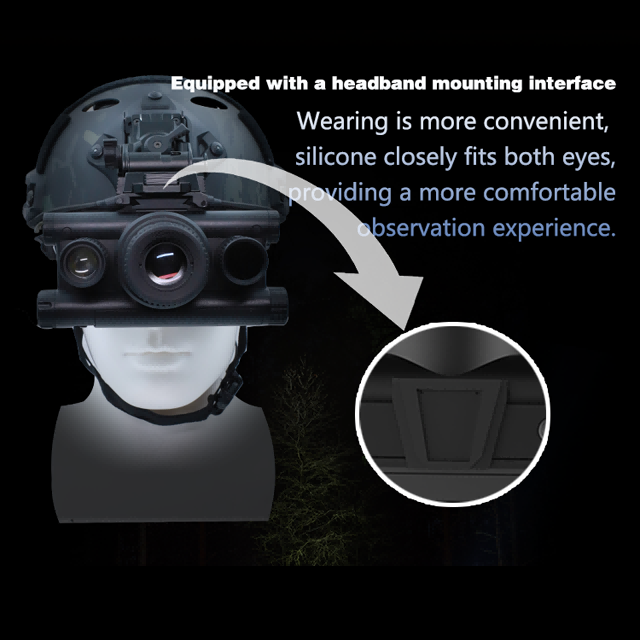
Final Thoughts: A Technology-Driven Future Battlefield
Military optics are more than just viewing devices—they are integrated systems of advanced materials, precise lenses, and specialized coatings designed for survival in the harshest conditions. The combination of robust housings, high-performance glass, and protective coatings ensures that soldiers can rely on their military sights and scopes in all weather, day or night.
As companies such as Foreseen Optics continue innovating with advanced materials and coatings, the next generation of military grade thermal scopes and night vision optics will further enhance battlefield visibility. The future of warfare will increasingly depend on how effectively technology can extend human vision—turning optics into one of the most decisive elements of modern combat.


